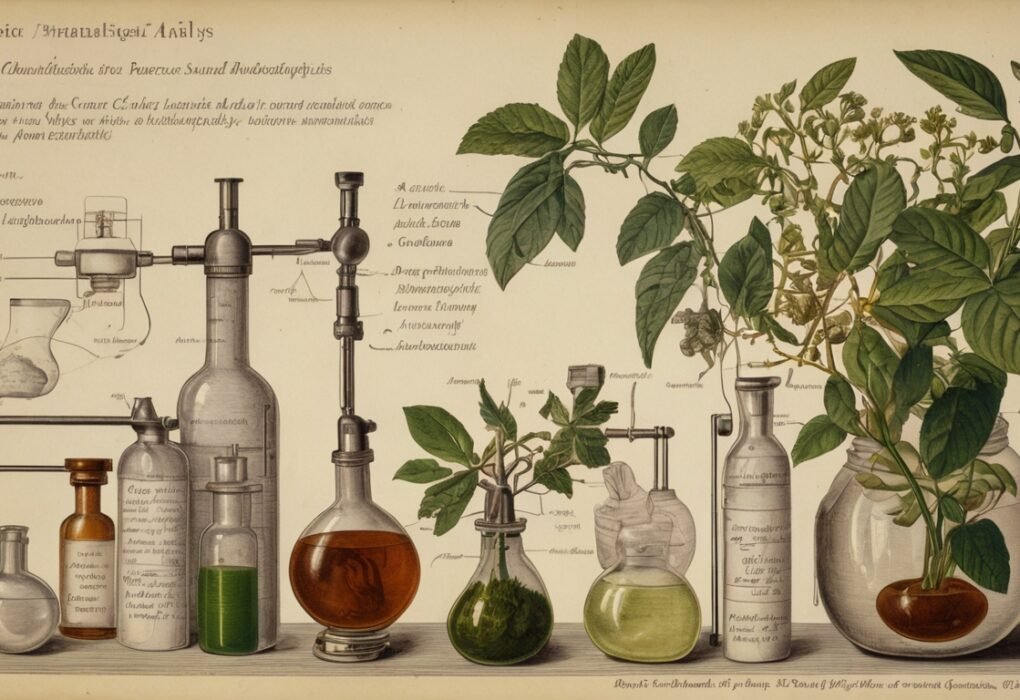
Modern Techniques in Pharmacognostic Analysis
🌿 Modern Techniques in Pharmacognostic Analysis
Your go-to resource for Medical insights, tips, and content.
🌿 Modern Techniques in Pharmacognostic Analysis

Most Prescribed Medicines in Pakistan (2020–2025)

Introduction to Microbiology What is Microbiology?The term microbiology comes from two Greek words: “Mikros” (meaning small) “Bios” (meaning life) Thus, microbiology is the study of microorganisms—tiny life forms invisible to the naked eye. This field explores their: Structure, reproduction, and physiology Metabolic processes and identification Distribution in nature and interactions Impact on humans (beneficial & harmful) Role in environmental changes In simpler…

The operating room contains a multitude of instruments fit for accomplishing a number of procedures. Note that this is not an exhaustive list of instruments, but rather some that you will encounter frequently. Add Your Heading Text Here SCALPEL Used for initial incision and cutting tissue. Consists of a blade and a handle. Surgeons often…

Vitamin D is a fat soluble vitamin. Its deficiency may cause rickets in children and osteomalacia in adults. Synonyms Chemistry These are sterols, which are precursor of Vitamin D. There are about 10 compounds of Vitamin D and are named as Dl, D2, D3, D4, D5, D6, D7, D8, D9 and D10, out of these…

Definition: A vitamin is defined as naturally occurring essential organic constituents of the diet, which in minute amount aids in maintaining the normal metabolic activities of the tissues. General Properties of Vitamins: All are complex organic substances. Their molecular weight is low. Essential vitamins for one species may not be essential for another. Some vitamins…

Enzyme plays a vital role in our daily life. They perform following important functions, 1. Decrease in activation Energy They decrease activation energy. Most enzymes catalyzed reaction are highly efficient Proceeding from 10³ to 108 times faster than un catalyzed reaction. H2O2 → H2+O2 ∆H=18000cal per mole If the reaction is catalyzed by enzyme then…

Enzymes The enzymes can be defined as “These are the catalysts of biological system that are produced by the living cell which are capable of catalyzing the biological reaction between certain reactants to yield specific product” OR The enzymes are the organic catalysts produced by the living organisms that’s why called as Biological Catalysts. Catalysts…

Introduction Estrogen is a female sex hormone. Nature An 18-carbon steroid. Structure Types: The naturally occurring estrogen is of three types: Actions of estrogens A. Effects on reproductive system: Effects on the vagina Increases the size of the vaginaCauses enlargement of the musculature of the walls of the vagina.Changes the simple cuboidal epithelium to stratified…

Date Is starting From The End Of Nucleic Acid GROWTH HORMONE (GH) Human growth hormone is a hormone of the anterior pituitary gland and is also known as somatotropin or somatotropic hormone (STH). Its basic function is to cause body cells to grow. Nature GH is a small protein (peptide) Functions of GH GH is…
